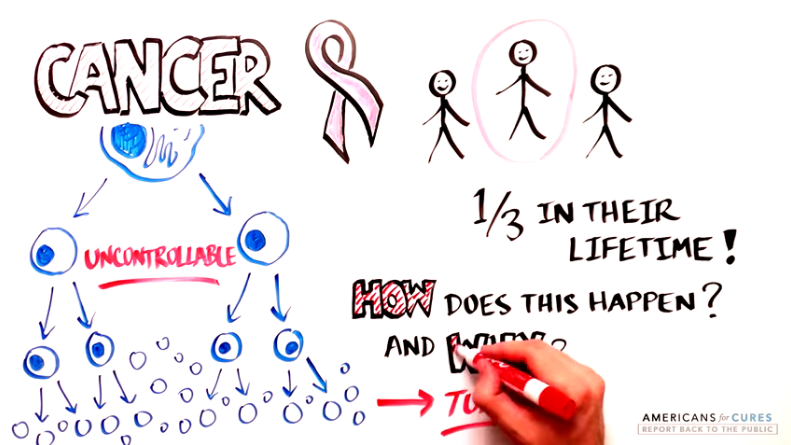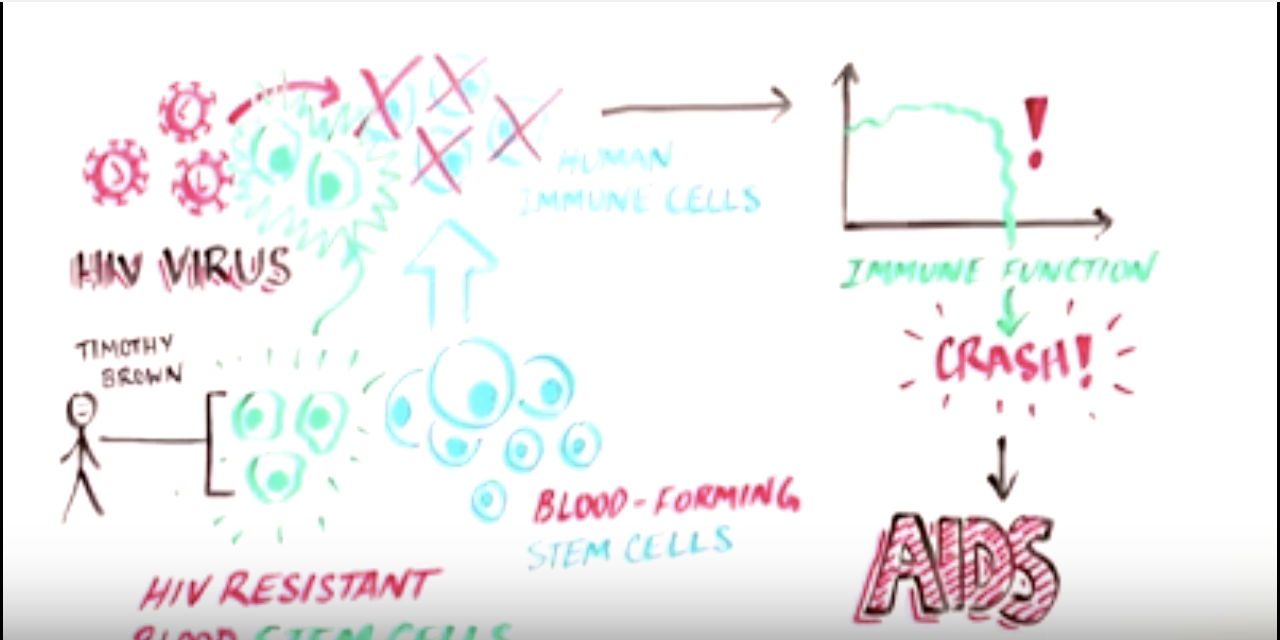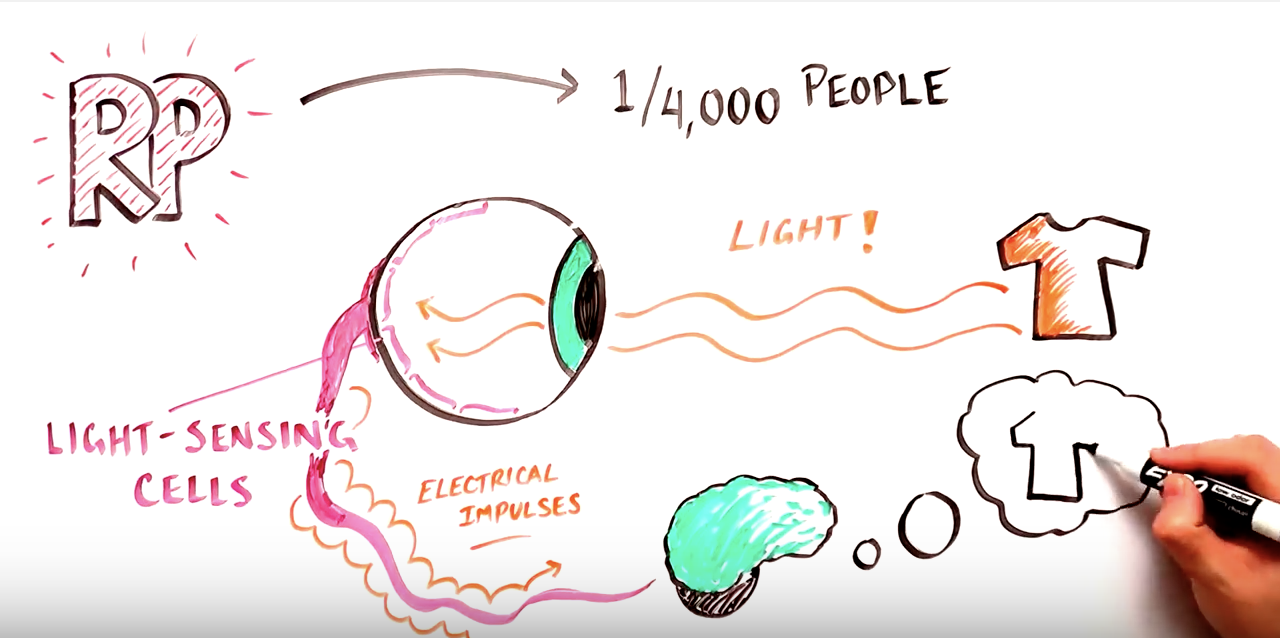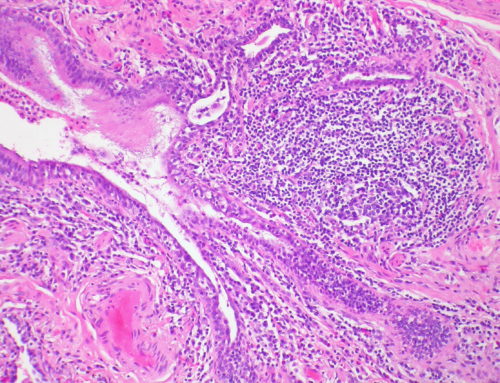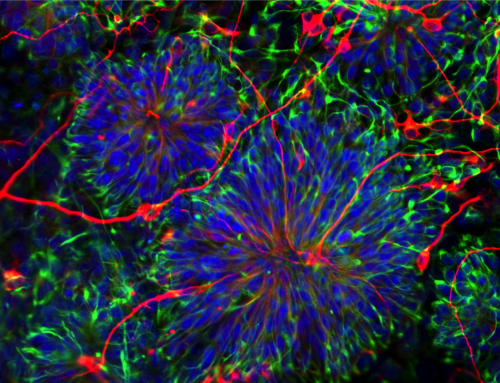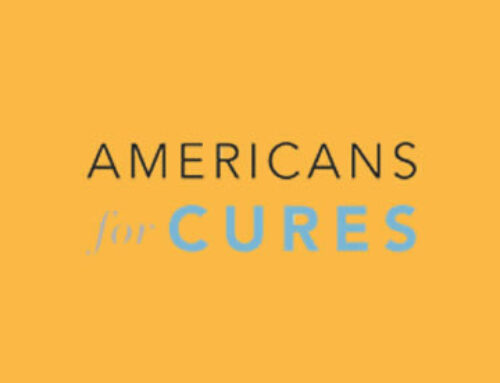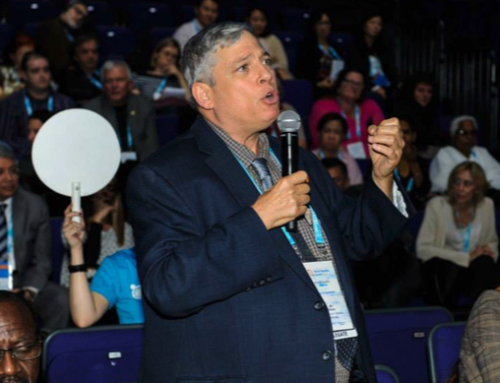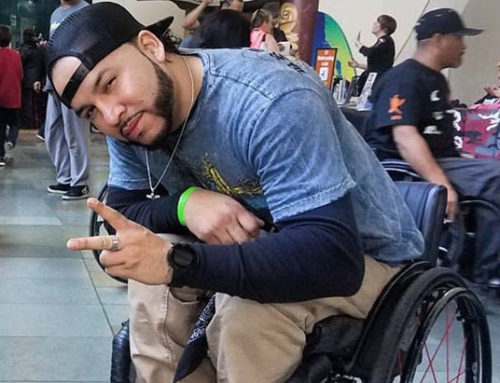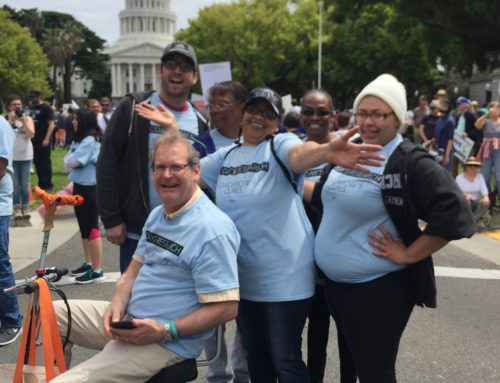Imagine a government program that attracts money, instead of just spending it…
The California stem cell program does exactly that.
Technically titled the California Institute for Regenerative Medicine (CIRM) the program has spent approximately $2.6 billion since its beginning.
But from other sources, the program has brought in $1.9 billion — and more is almost certainly on the way.
Did anyone vote for the California stem cell program because we thought it might become a “cash cow”? Probably not.
The job of the program boils down to six words: to ease suffering and save lives.
For me, that’s everything. That’s why I write; it’s pretty much why I am alive. Millions of people suffer from chronic disease and disability. That includes my paralyzed son Roman Reed, who goes through hell each day. If you see him on the street, you would not know. He smiles and keeps his troubles to himself. But I am his father and I cannot look away.
The California stem cell program is fighting for cures: systematically attacking medical enemies: illness and injuries long considered incurable. Right now there are more than 40 clinical trials, testing stem cell treatments against disease and disability. That is the purpose of CIRM.
But there is also a money benefit, a financial return on investment.
No, I am not talking about the almost $200,000 royalty check the CIRM just received from City of Hope. Although, as a first payment, with more to come, that is not without value.
“The royalty check, $194,345.87, was from royalties generated from a $5.2 million award in 2012 to the City of Hope for research involving a potential therapy for glioblastoma, one of the deadliest forms of brain cancer.” — Kevin McCormack, CIRM Director of Communications.
But there is a far more significant financial benefit, and it is happening right now.
CIRM helps the economy, by attracting new money.
Here’s how:
- CIRM provides initial funding for researchers with new ideas: people like Kathy Ivey, who moved from Texas to work with Deepak Srivastava at Gladstone Institute in California. (For the story of her training grants, see my 2015 book, STEM CELL BATTLES.)
- If the scientists’ ideas prove successful, CIRM may help pay for the long series of FDA tests: as it did for Gladstone’s heart regeneration efforts.
- The private sector may get involved. When companies are formed, theories may become therapies, available to the public. One such company called Tenaya Therapeutics was just formed to develop heart repair therapies developed with the help of CIRM, in this case from within Gladstone — with the leadership of Srivastava and Ivey.
Here is Dr. Srivastava: (as he speaks, listen for the mention of the money).
“CIRM has funded the full pipeline of our work on cardiac (heart) regeneration — from basic discoveries, all the way to preclinical studies. As a result of their support, we established Tenaya Therapeutics, a local startup company that launched with $50 million in Series A investment and aims to tackle heart failure.” — Deepak Srivastava, M.D., President, Gladstone Institute.
Did you notice the part about $50 million dollars?
That is new money: invested in California: to build jobs and the economy.
How important is that?
In the year 2017, January to December, CIRM attracted $388.9 million in such add-on money from private sources. That is, to the best of my knowledge and belief, MORE MONEY THAN THE ENTIRE AGENCY SPENT IN THE YEAR.
They call that leverage.
“…we are seeing more partnerships and follow-on industry investment — almost $390 million this year — to advance CIRM-funded programs.”
–Maria Millan, MD, President, California Institute for Regenerative Medicine, Annual Report, 2017
Did you know biomedicine is the second largest industry in California, ahead of aerospace, movies and the internet? Only the computer industry is larger than the industry of cure.
This means jobs: good-paying, valuable, life-affirming jobs. Not just scientists and lab technicians, nor the people who administer the program, but the women and men who turn blueprints into reality, raising new structures where nothing was before. the twelve new stem cell research sites, up and down the state– and the business folk who provided their supplies.
When the nation was in recession, CIRM meant jobs, and it does so today.
Let’s be exact: here are some statistics from the CIRM annual report, 2017.
“Co-funding: $911 million: Funding from institutions, industry or investors who join with CIRM to fund a specific project at the outset.
“Partnership Events: $582 million: Support committed by partners independent of CIRM funding to help advance a project.
Additional Funding Leverage: $395 million: Any additional funding that a Principal Investigator can attract to a project because of CIRM funding.”
There it is, $1.9 billion that is benefiting California right now — in addition to the fight for cures.
Visit Don C. Reed’s website: www.stemcellbattles.com. Sign up for our free newsletter, or consider purchasing his new book, “CALIFORNIA CURES: How the California Stem Cell Research Program is Fighting Your Incurable Disease”, World Scientific Publishing, Inc., available for pre-order today.



